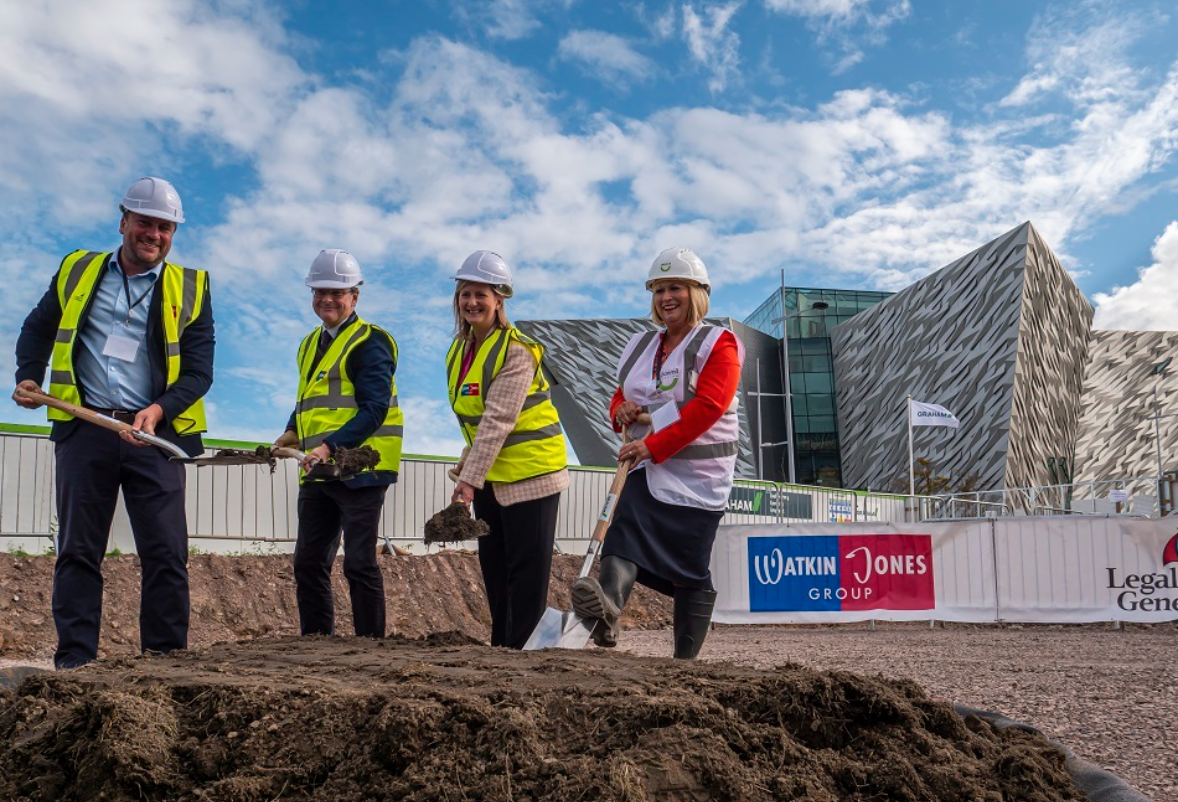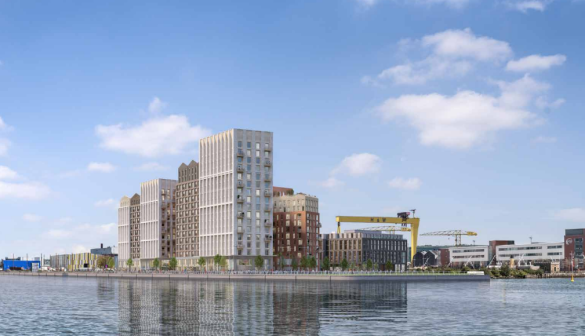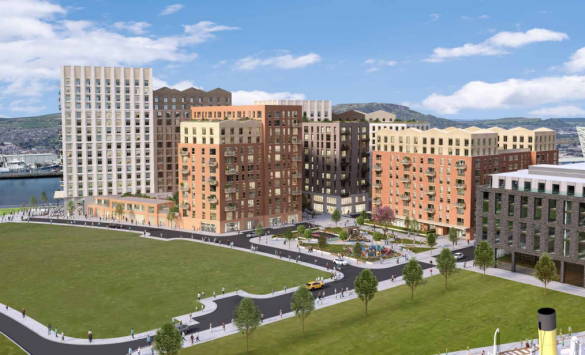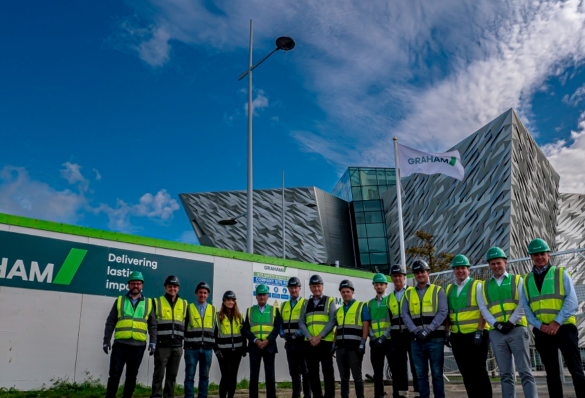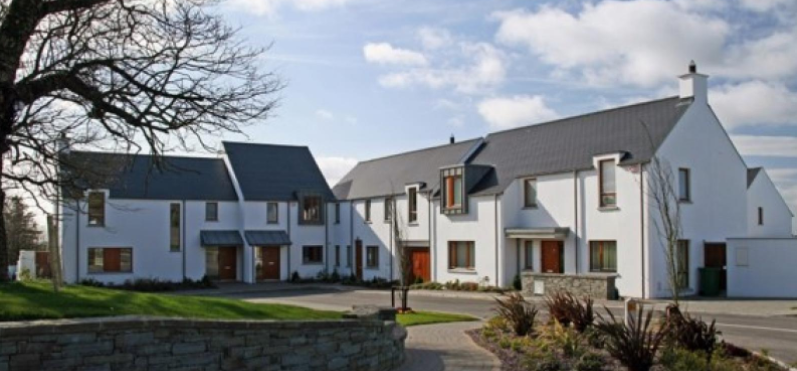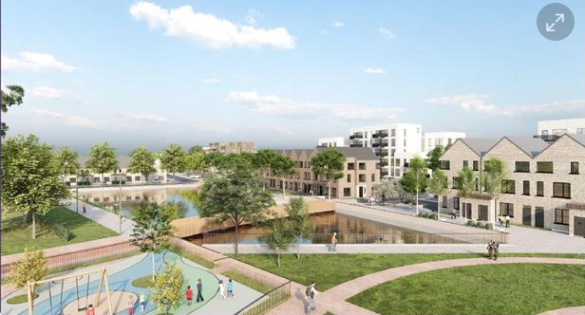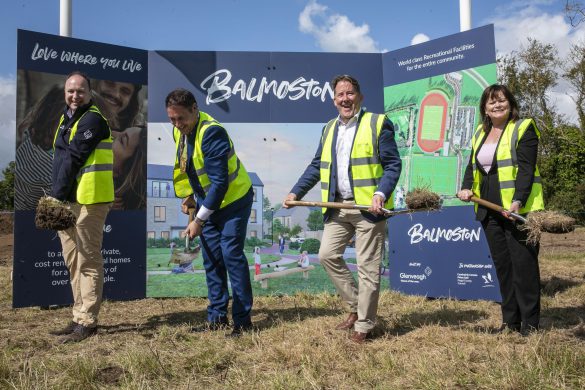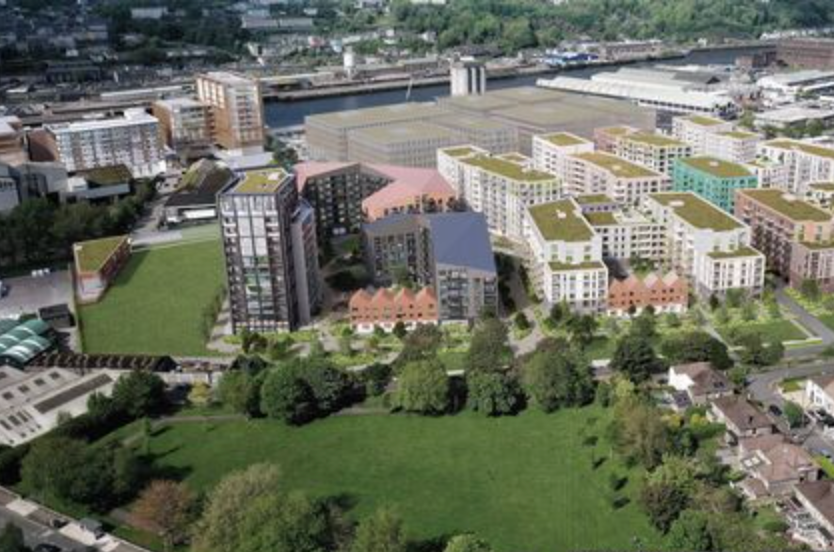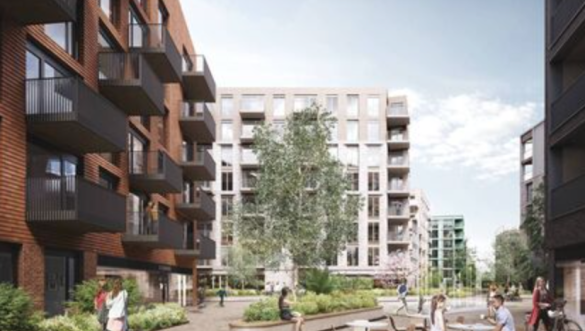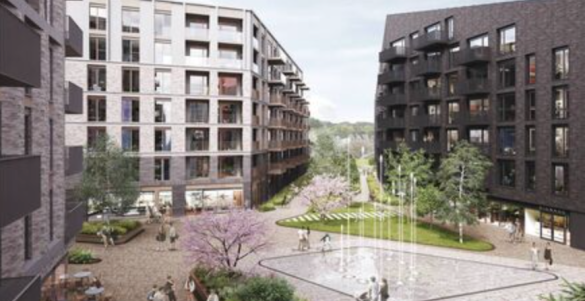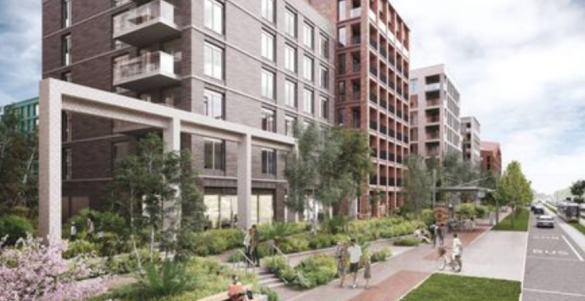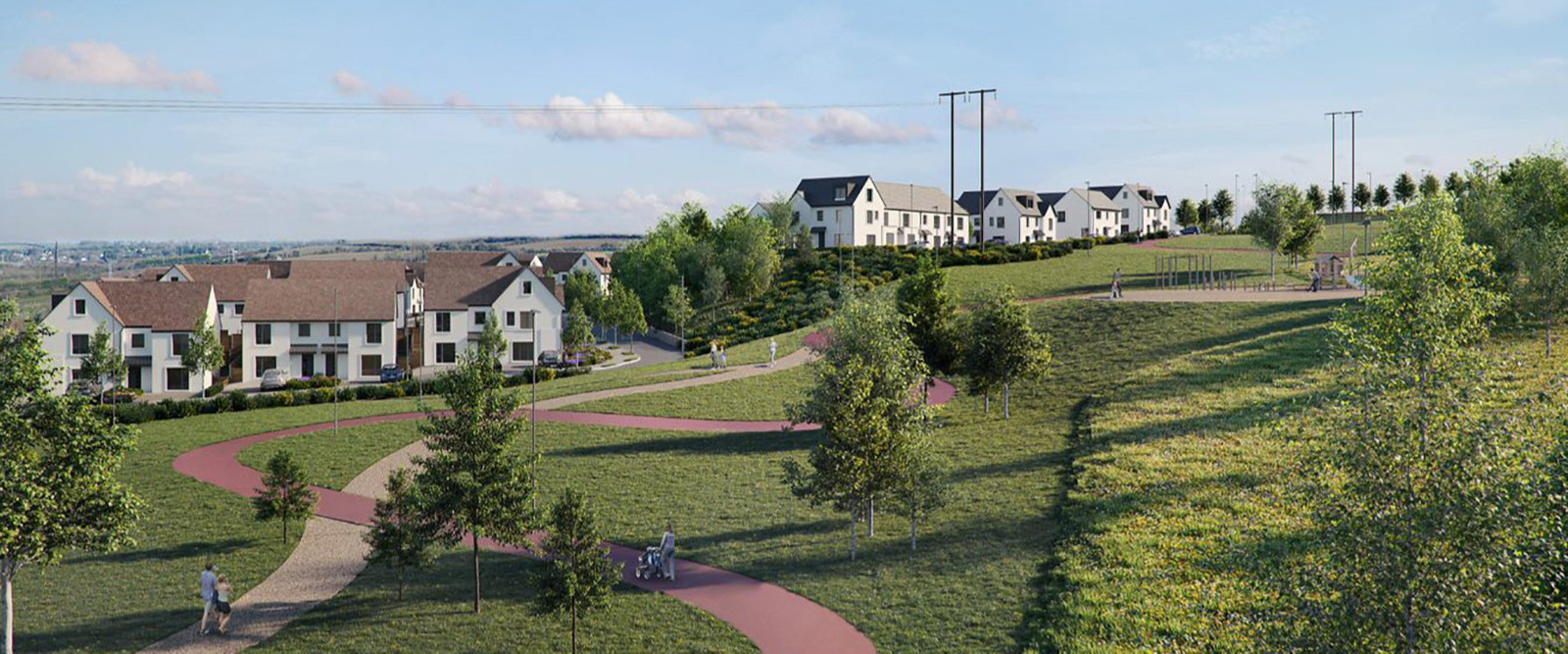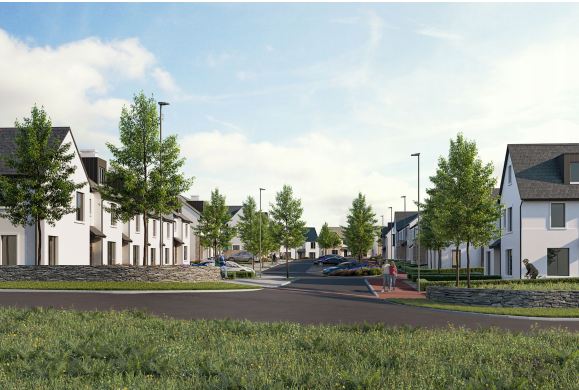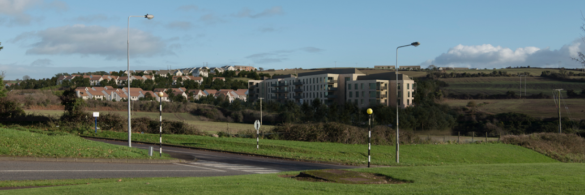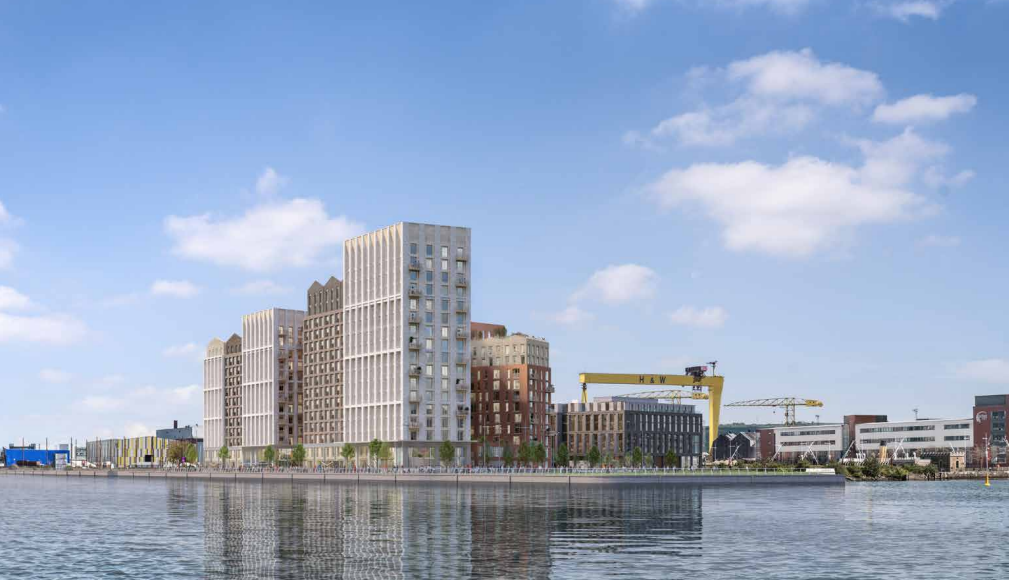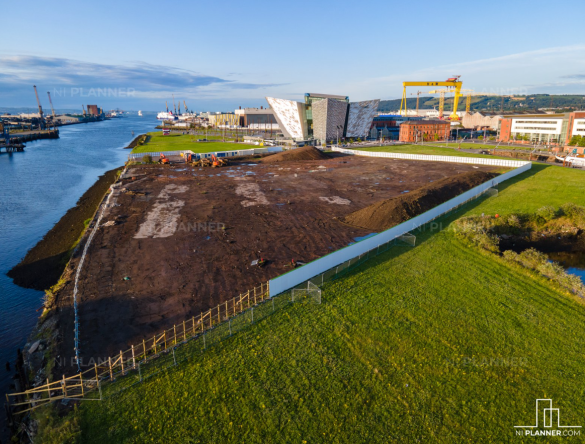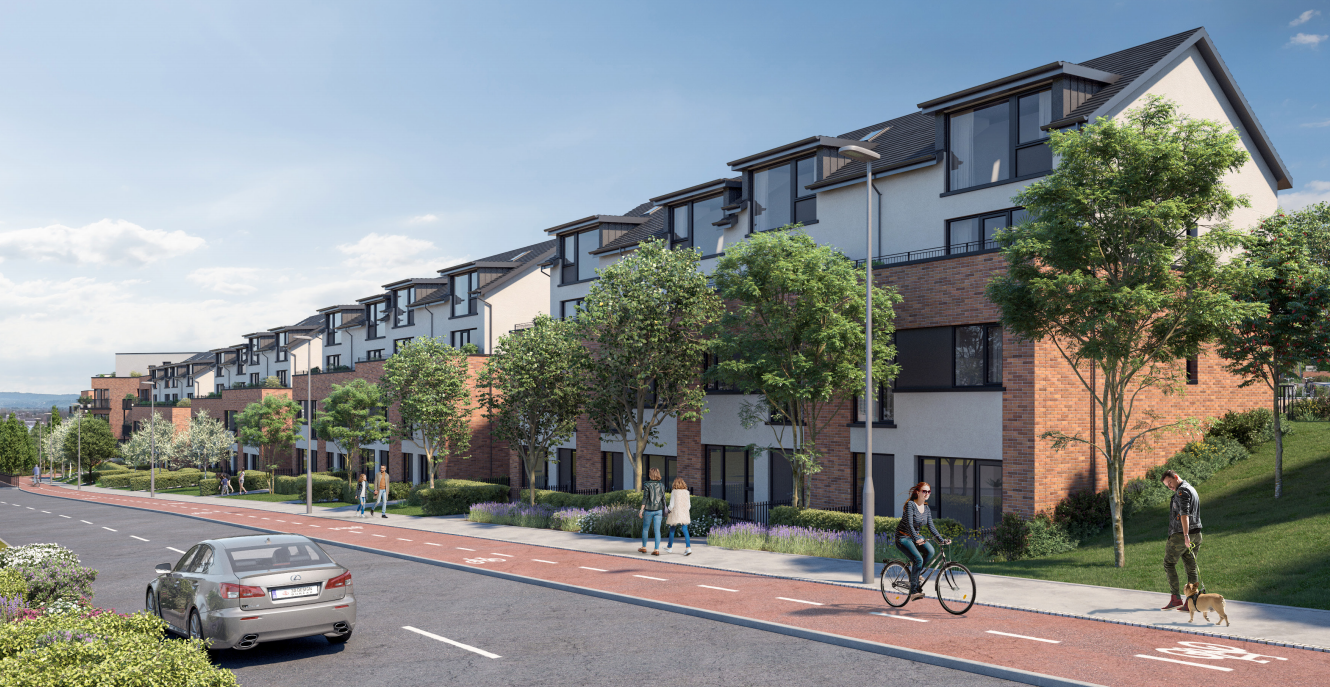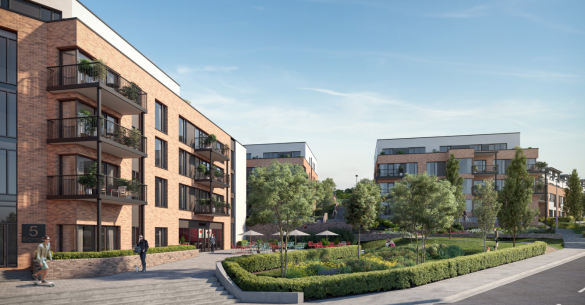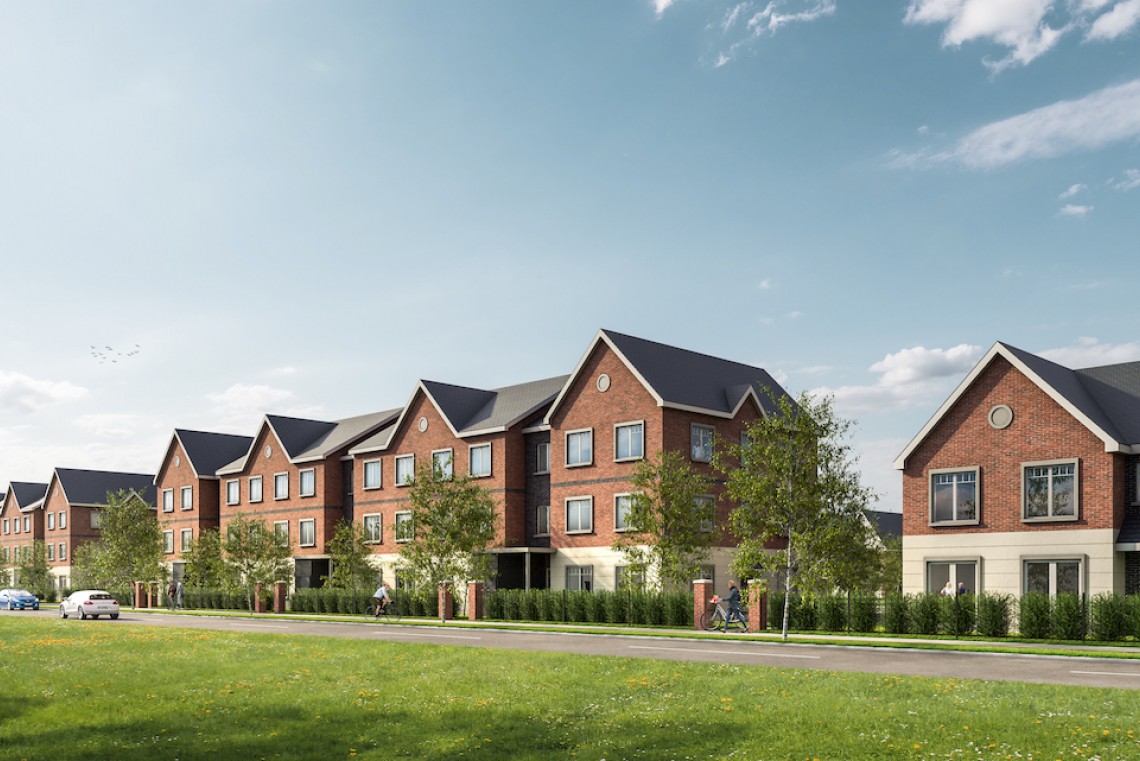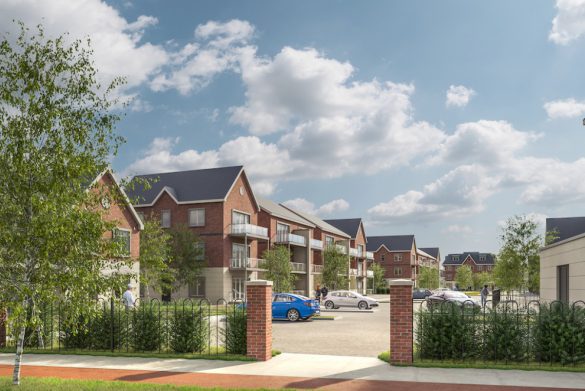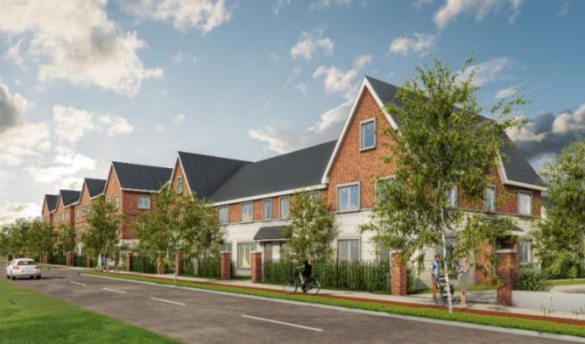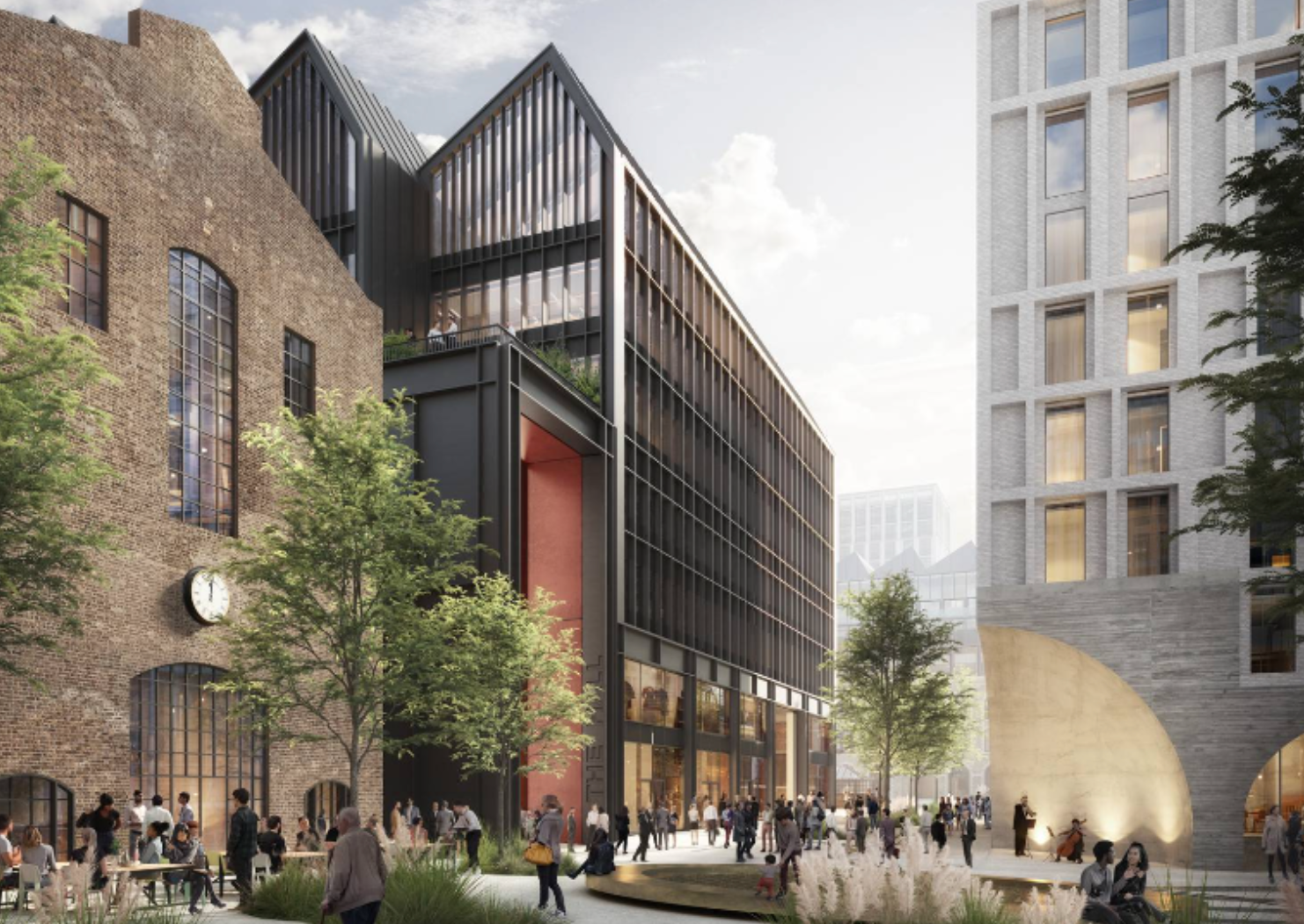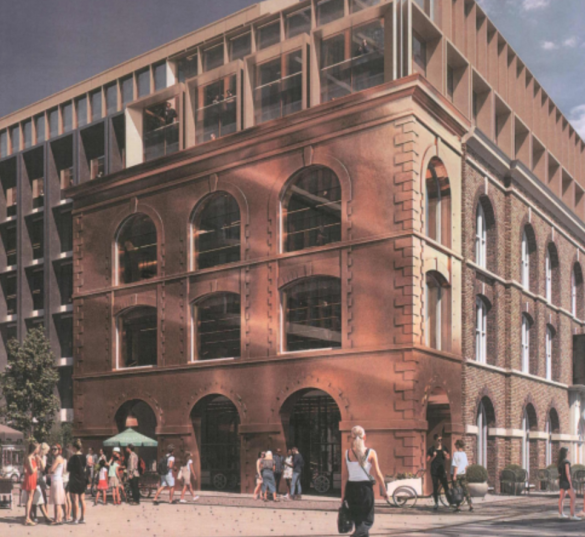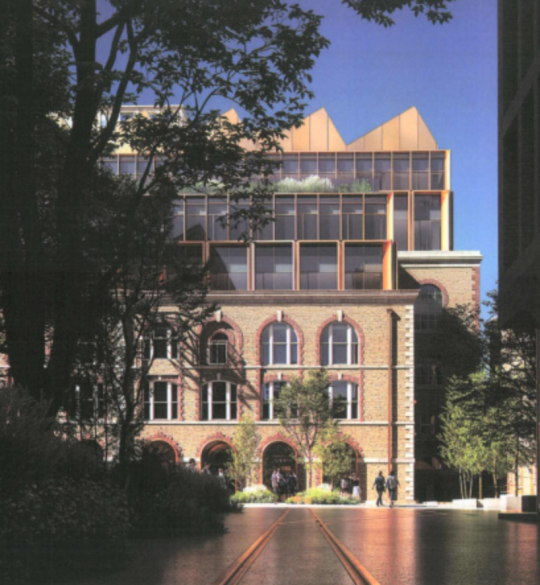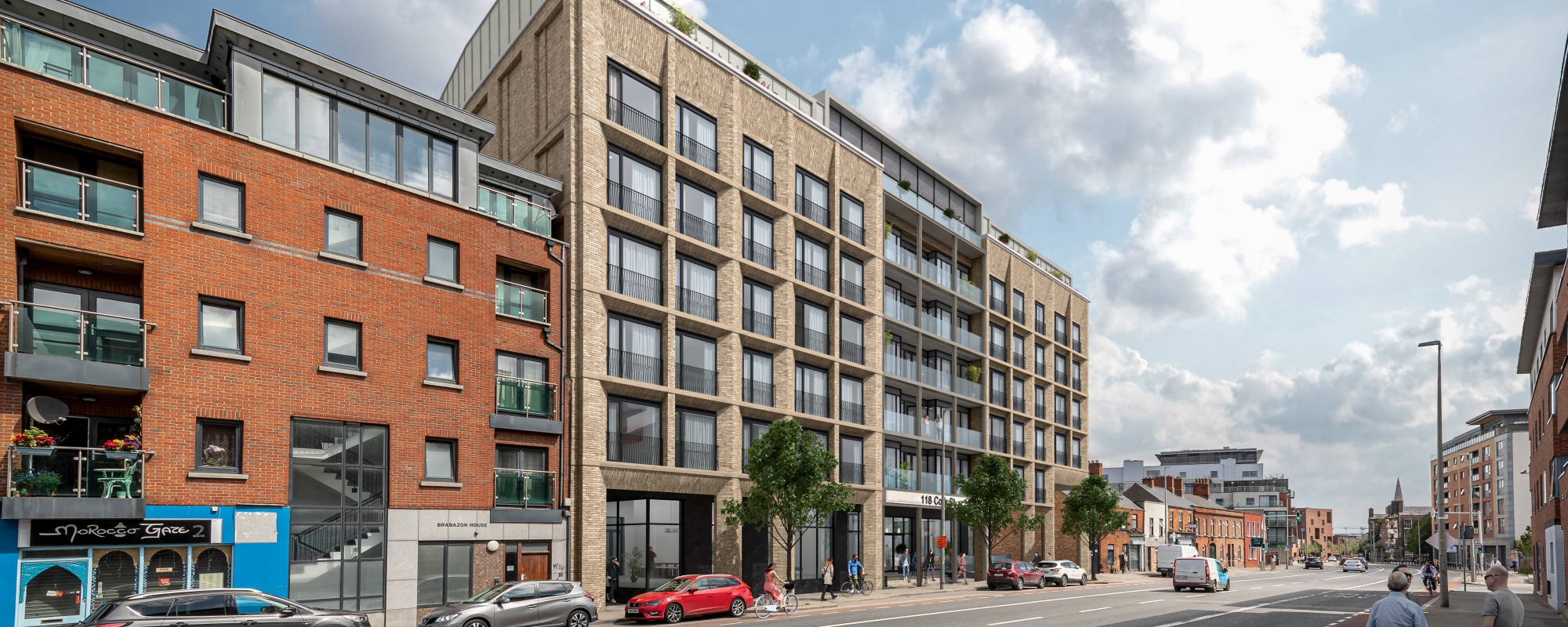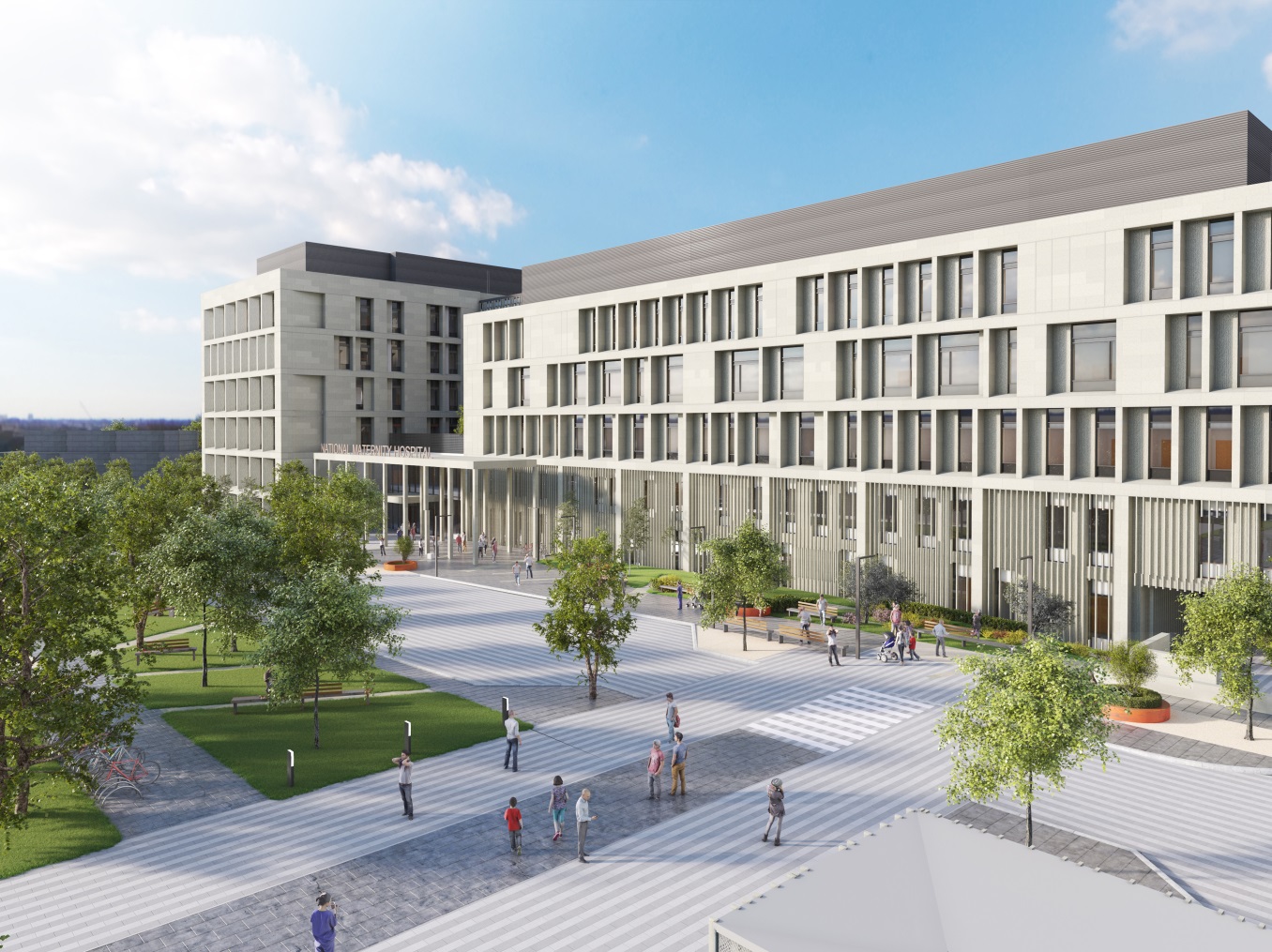
A new National Maternity Hospital at St. Vincent’s University Hospital has officially gone to tender.
The €182m development initially received the go-ahead from Cabinet last July.
The Health Service Executive (HSE) has now began their search for a bidder to fund the new hospital.
Once a successful bidder has been found, Minister for Health Stephen Donnelly will return to Cabinet for the signing of contracts.
The project will then proceed to the main construction phase.
The plan sees the hospital relocated from its original building at Holles Street to its new campus with 244 beds (including 38 in-patient beds) on a 10.55 hectare site.
Existing facilities will be demolished and in its place, a new 53,676m2 square metre gross floor area building will be developed at the eastern end of the St. Vincent’s University Hospital Campus.
This building will rise to up to seven storeys in height above ground level, with one partial basement level.
It will provide medical and surgical specialities for maternity, gynaecology, paediatrics, neonatology, pathology, genetics, anaesthesia, emergency medicine, endocrinology/diabetes, pain management, oncology, colposcopy, urodynamics, foetal medicine, haematology, and replacement facilities for St. Vincent’s University Hospital including a new dermatology unit, a medical records department, finance department offices and ancillary shared facilities.
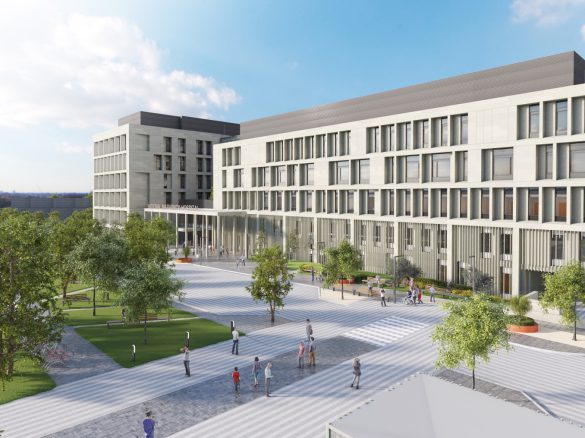
The plan sees the National Maternity Hospital relocated from its original building at Holles Street to its new campus with 244 beds (including 38 in-patient beds) on a 10.55 hectare site. Credit: ARC
To accommodate the additional demand of the new hospital, the existing multi-storey car park at St Vincent’s University Hospital will be expanded with two levels vertically and a five-level extension to make way for 277 new spaces and two new entrances.
In order to not disrupt the daily operation of the hospital campus, the development will be constructed in a sequential manner with provisions made for temporary accommodation on the site.
Minister of Health Stephen Donnelly welcomed Cabinet’s approval last July as an “important milestones” towards the delivery of the new National Maternity Hospital.
“The new National Maternity Hospital will be the biggest and most important investment in women’s healthcare in Ireland in decades. The quality of care delivered at the existing NMH at Holles Street is of the highest standard but is currently limited by infrastructural constraints,” he said in his announcement.
“The new NMH is designed to be aligned with leading international standards which will result in improved patient and family experiences. Co-location of the NMH with St Vincent’s at Elm Park will enable greater and more direct access to a wide range of critical care and specialist medical services, reducing risk for both the mother and the newborn baby.”
Minister Donnelly also stressed that the new hospital will not merely be a replacement but “offer almost 50% more in-patient and day case beds and provide additional capacity to manage national unmet need for women’s health services”.
“The contemporary design of the new NMH provides flexibility to allow for the delivery of clinical services and to adapt to both expected and unforeseen change into the future.”
Feature Image Credit: ARC

